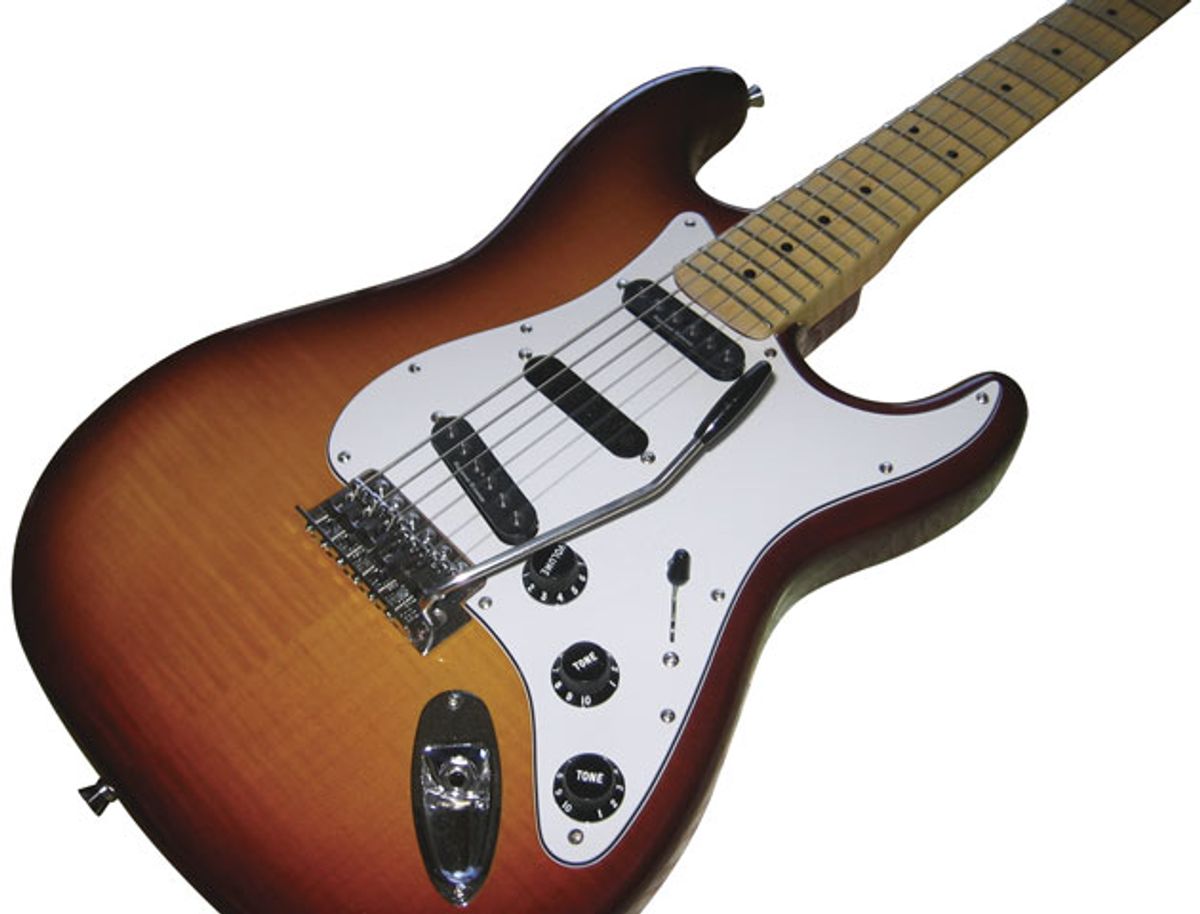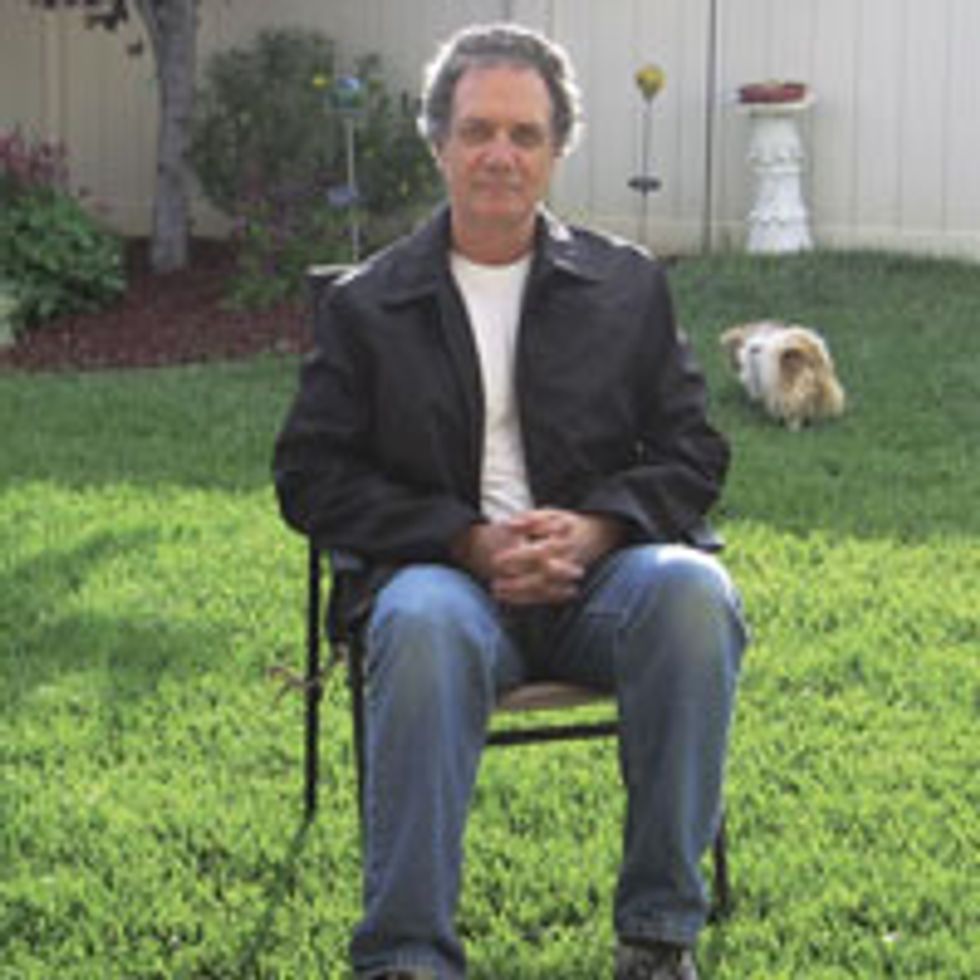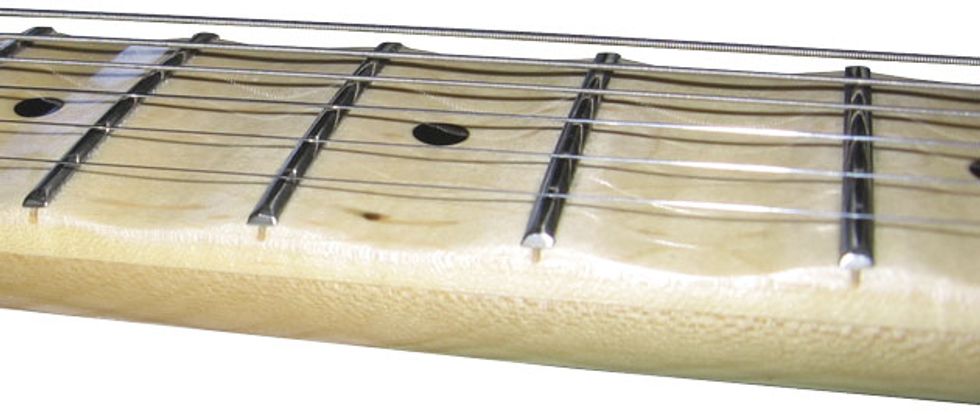
PG reader John Wiley shares the saga of how he turned a yard-sale S-style into an homage to Ritchie Blackmore.
Name: John R. Wiley
Hometown: Beaumont, California Guitar: Strat-style with maple medium scalloped fretboardI’m a Ritchie Blackmore nut, and have admired his playing ever since seeing Deep Purple open for Cream. Back then he used a fairly stock Gibson ES-335, but later started using Fender Strats that eventually included “scalloped” fretboards.
My guitar project, which I shall call the Scalloped Wonder, began when I saw this strikingly beautiful orange sunburst Strat clone at a friend’s yard sale. I was amazed at how lightweight it was, but so well balanced.

The “full” scalloped versions looked intimidating and scary, so I ordered a medium scallop in maple. I tore into the basswood body and discarded all the electronics, and replaced the cheap diecast tremolo block with a much heavier Fender Vintage Strat version. I used the import tremolo bridge plate and saddle assembly as is, but had to enlarge the holes to match the new Fender tremolo block mount holes. As luck would have it, I found a used Fender Ritchie Blackmore loaded pickguard online. I installed new Gotoh tuners on the scalloped neck, and with minimal filing and aligning, the new neck fit like a glove.

I must say, it looked so cool even before plugging it in. I tried it through my favorite amps and loved the sound. The Fender Blackmore pickguard is literally wired like a Gibson, using a 3-position switch, with only two pickups (no middle). The middle position activates the neck and bridge pickups together, while the up position is for the neck, and the down position is for the bridge. The neck wasn’t difficult to get used to, and although it may be half my imagination, half scalloped neck—I can play faster.
Send your guitar story to submissions@premierguitar.com.


